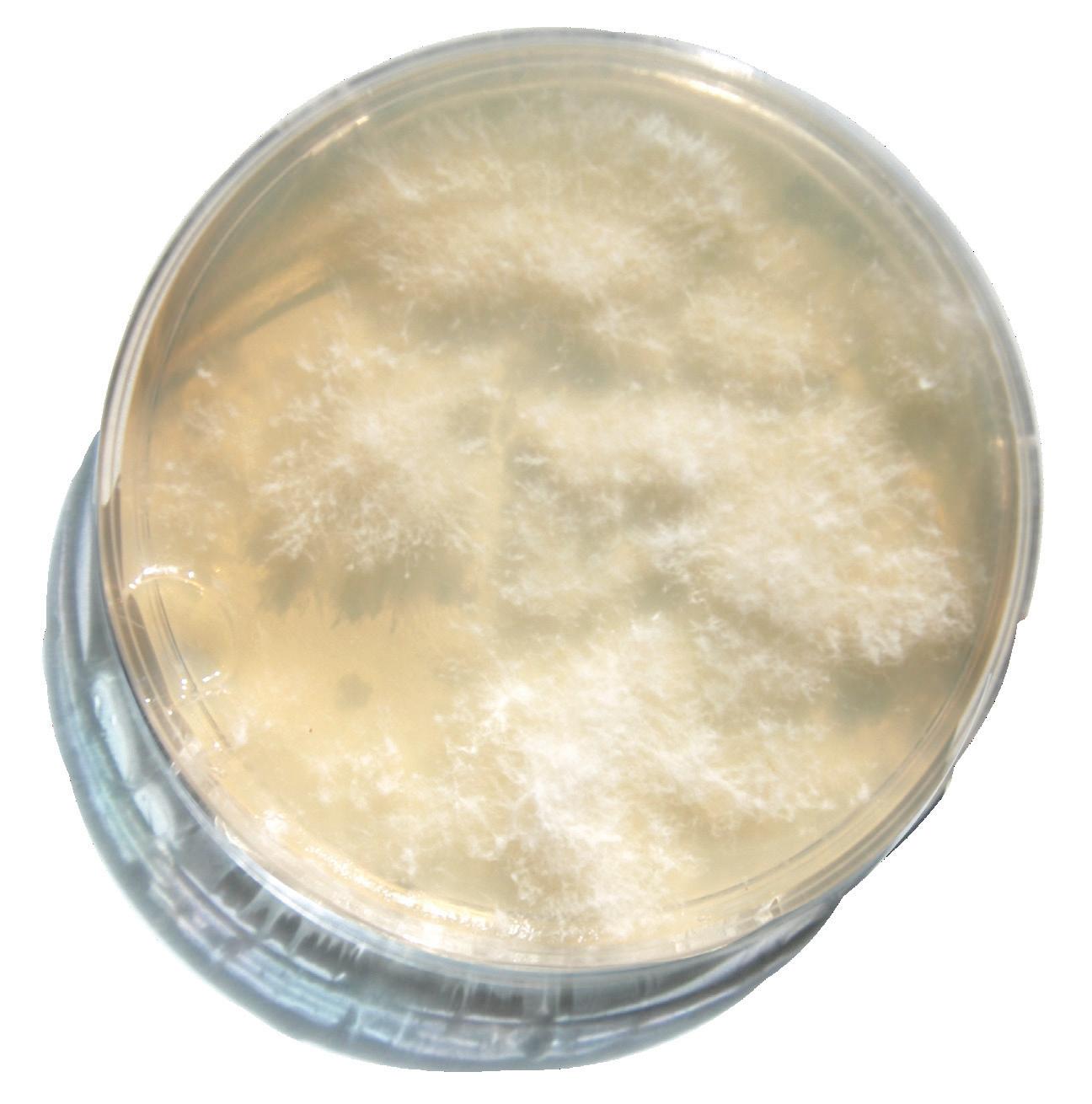
1 minute read
Mycelial Kaleidoscope
Observing Hyphal Architecture
As a means of understanding the growth proccesses which came with the Covid-19 pandemic, the Mycelial Kaleidoscope works as an object for close study. The kaleidoscope allows its user to observe organic growth patterns as not only a scientific medium, but an artistic medium as well.
Advertisement
At the end of every kaleidoscope is an object chamber containing materials which are fractured by a mirrored tube. Replacing a traditional bead-filled object chamber with a mycelium petri dish challenges conceptions of aesthetic engagement; this positions the unpalatable and potentially biohazardous as an alluring display which mesmerizes and entices.
Research:
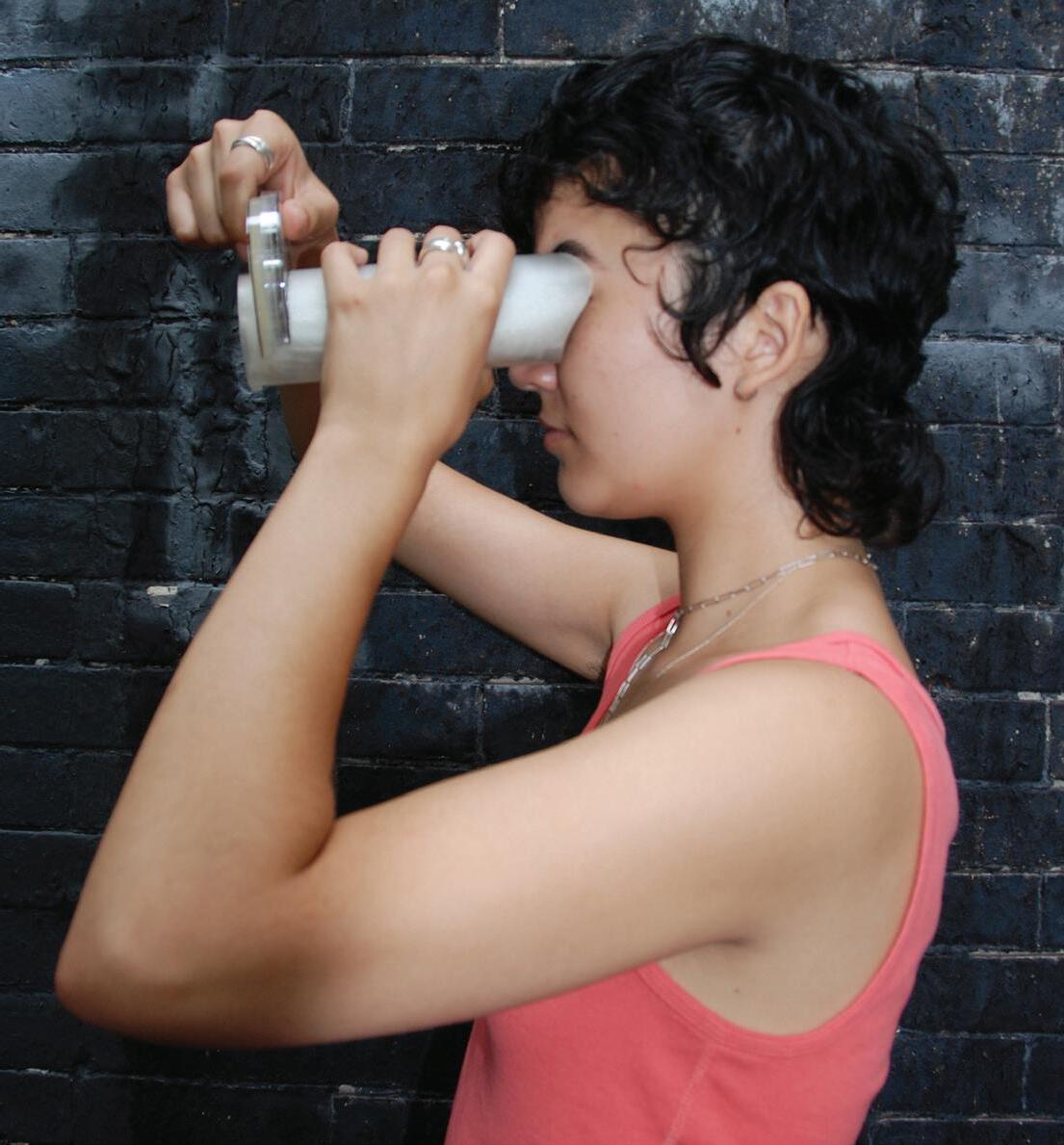
Mycelium is the visible mass of compounded hyphae, which are the exploratory, nutrition scavengers found in fungi. Stemming from a singular thallus, individual hyphae will radiate outwards in search of nutrition. These exploratory tubes will diverge (hyphal branching) only when the filaments have reached their extreme when searching for nutrients.
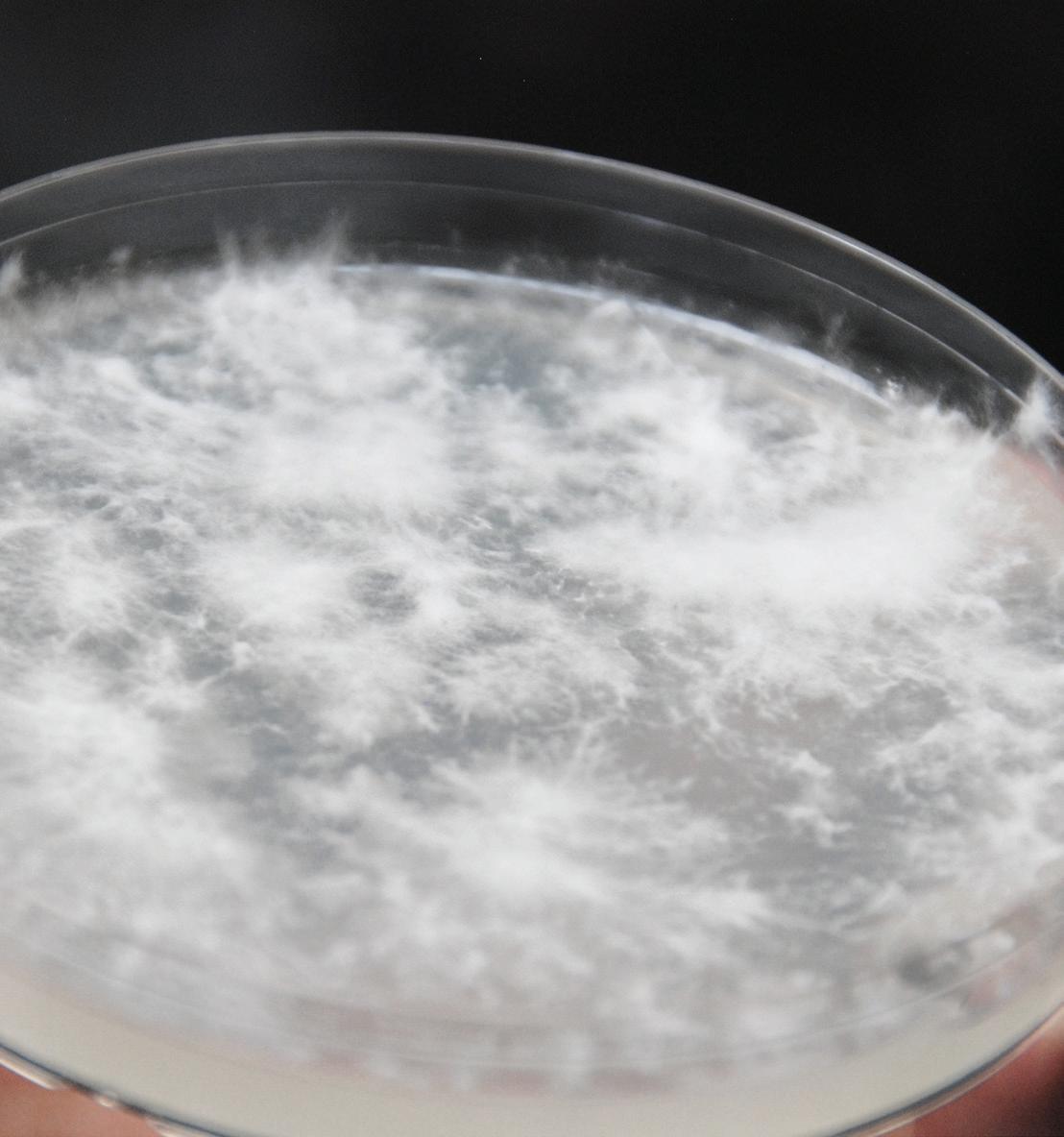
Day 0:
Malt agar plate is inoculated with Blue Oyster Mushroom liquid culture.
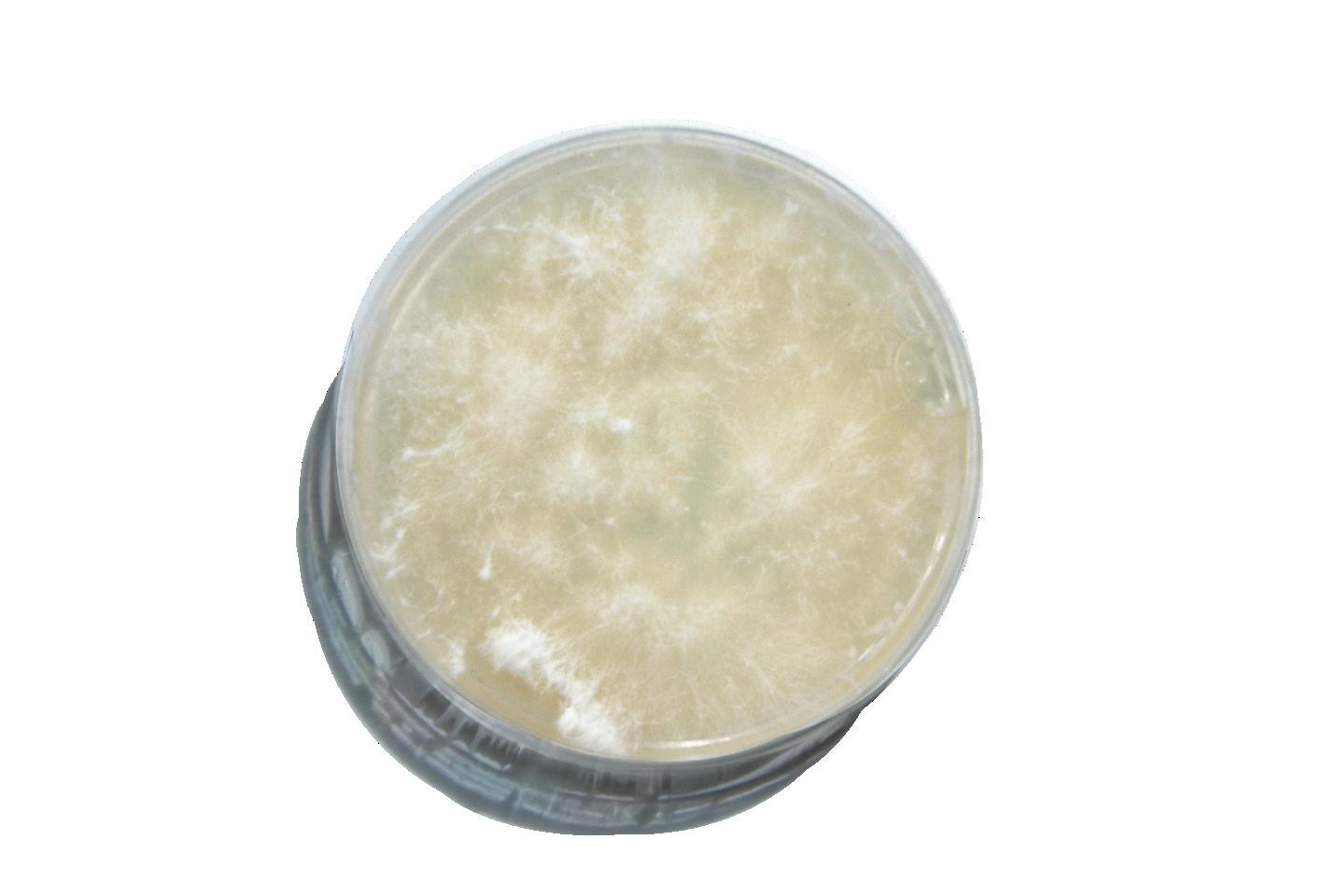
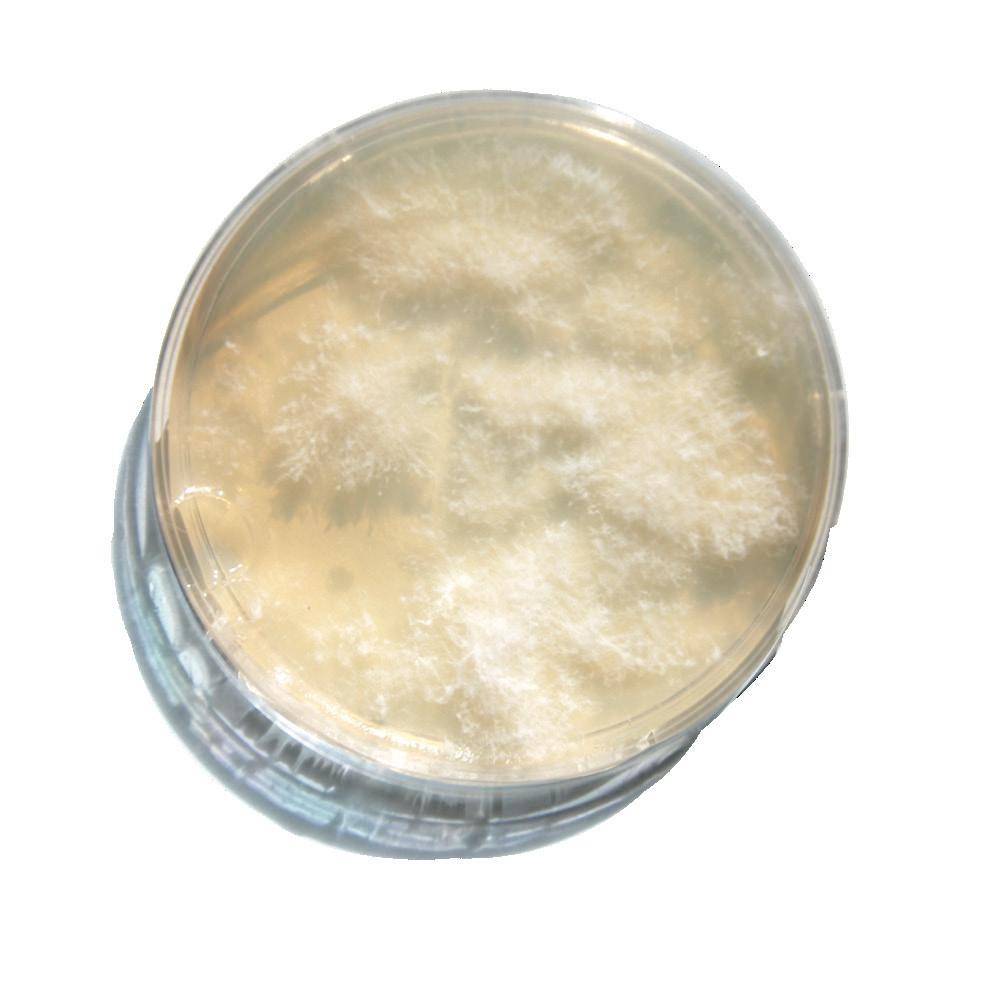
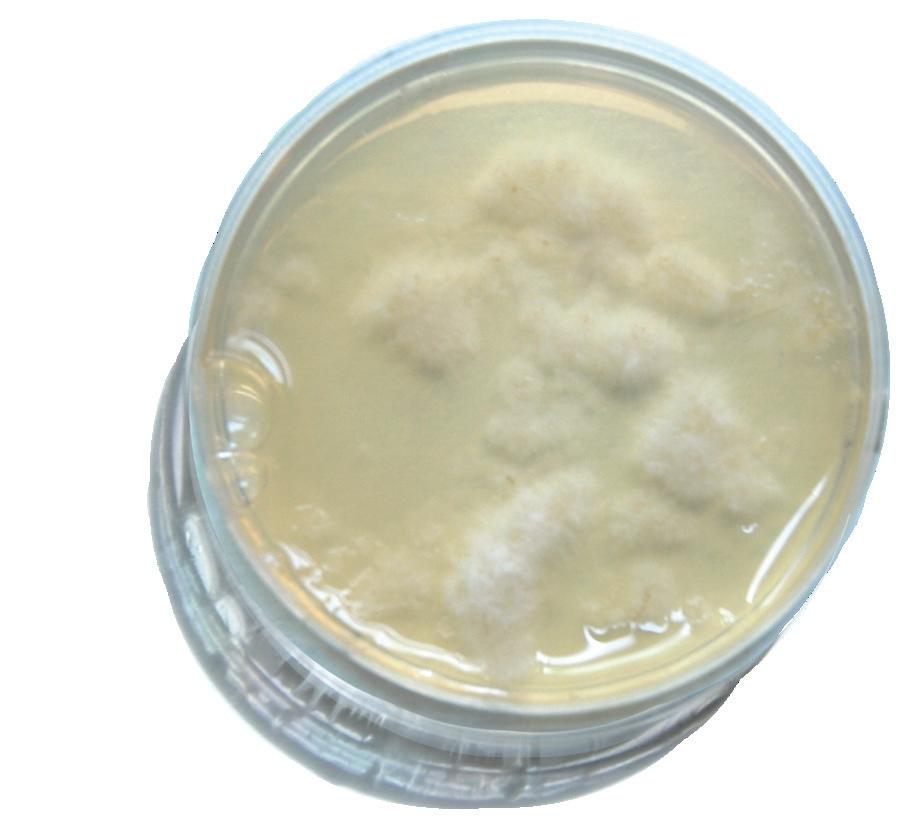
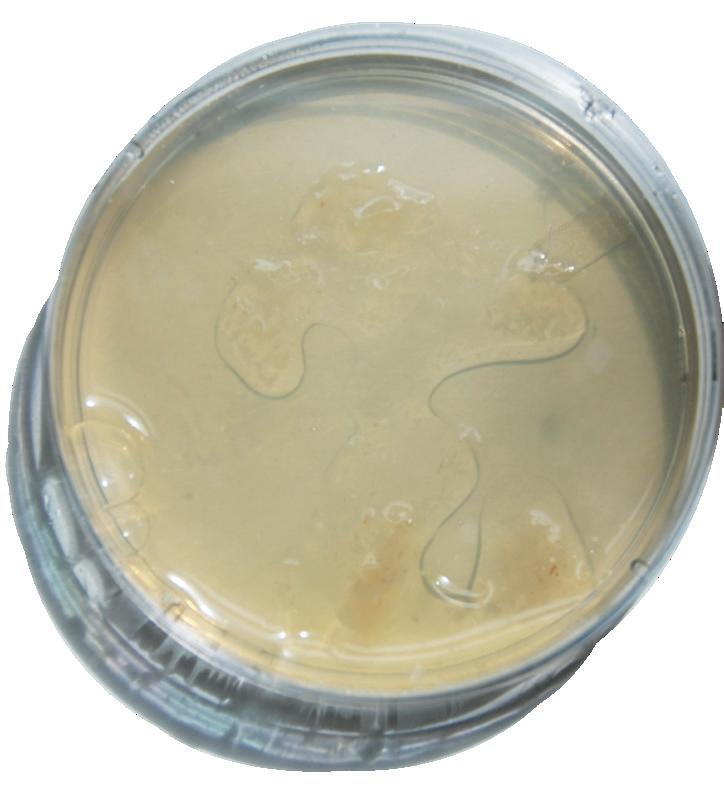
Day 2:
Blue Oyster mycelium form is visible. Uncontaminated mycelium is white and cloud-like.This indicates that the initial phases of hyphal branching has taken place.
Day 5:
The Mycelial White cloud takes on a more crisp, stringy texture as the hyphae spread in search of nutrients.
Day 9:
Well-developed mycelial body has been formed. The mycelium will branch into the substrate and strengthen its foundation with time
Kaleidoscope User View
Mycelial forms reflect, creating galaxies of bacteria
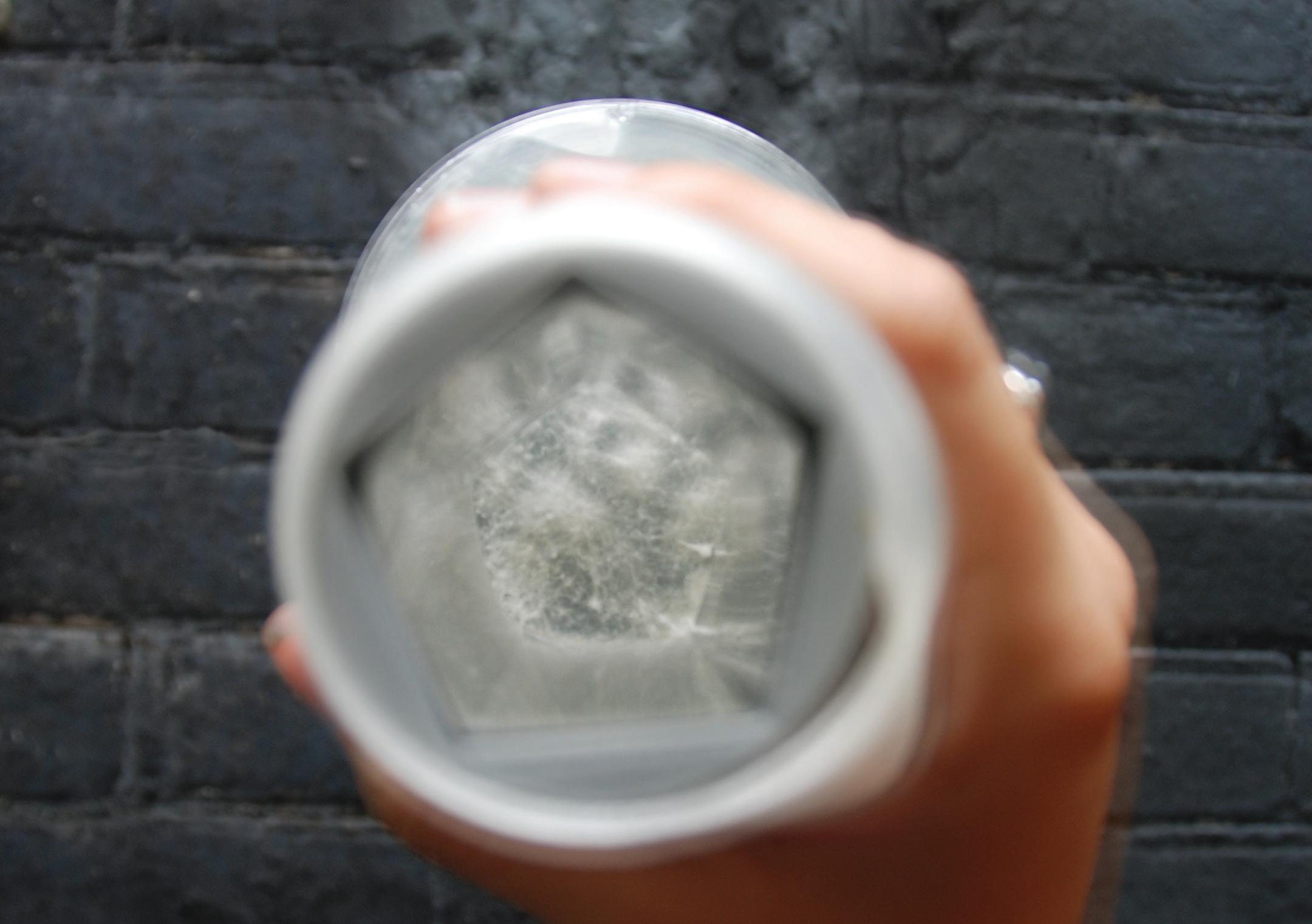
Smith College Spring ‘19
Critic: Elisa Kim
Project Length: 6 weeks valley hill




